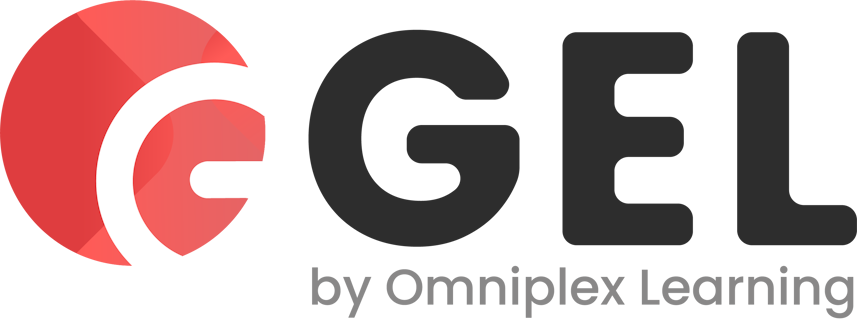‘Agile’ is an approach to management that emphasizes empowerment, collaboration, speed, and adaptability. Though it first appeared in the world of software development, it has since been applied to general project management.
However, while more organizations are enjoying the benefits of Agile project management, there remains an issue with scaling. Traditional businesses tend to be averse to Agile’s departure from the waterfall-style approach, especially on the level of strategic program management. When it comes to program-level elements such as risk management, security management, and strategic planning, stakeholders require a greater level of reassurance.
Overseeing interconnected Agile projects creates its own challenges, and project-level best practices are often insufficient to deal with them. Agile Programme Management (AgilePgM) is a framework developed in partnership by APMG International and the Agile Business Consortium. Based on the Agile Programme Management (AgilePgM) Handbook, it offers demonstrably effective best practices on delivering the perks of Agile management at the program level while simultaneously reassuring stakeholders and achieving strategic targets quickly and reliably.
How Does AgilePgM Work?
AgilePgM follows the general pillars of Agile, albeit in a structured fashion far better suited to high-level strategic programs. Active stakeholder engagement, incremental goals, iterative delivery, and employee empowerment all play a role, though AgilePgM practitioners can also step in to oversee project managers and teams in order to help guarantee strategic outcomes. The framework’s governance model is crucial in this regard and ensures there are checks in place to keep the program on track.
The framework offers best practices for:
- Structuring the lifecycle of an Agile program
- Planning, supporting, developing, and implementing program plans
- Establishing iterative goals that can be reassessed in light of changes to the program environment or strategic priorities
- Achieving incremental targets that allow the organization to enjoy the benefits of strategic change at a faster rate
- Encouraging collaboration between stakeholders
- Empowering Agile project managers and team members whilst also applying governance to keep them on track
- Assigning roles and responsibilities for individual projects and programs
- Managing and reassessing program risks on a regular basis
Most importantly, AgilePgM is not designed to overhaul the fundamentals of program management. In fact, it assumes that candidates have existing knowledge of them. Instead, AgilePgM demonstrates how to successfully apply them within Agile program environments. This makes studying AgilePgM an excellent option not only for Agile managers but also those who are used to traditional waterfall-style management.
How can AgilePgM Certification Help my Business?
Agile can offer businesses a number of benefits at a strategic program level:
- Program benefits – Enjoy iterative program benefits that can immediately benefit the company, rather than waiting for program completion. Focusing on small-scale goals can also ease the process of change management and make it less disruptive for employees.
- Strategic alignment – The AgilePgM governance model ensures that, even following Agile best practices, the program will still achieve its strategic vision. It also encourages users to reassess and amend the vision if necessary – a major departure from inflexible waterfall strategies.
- Program flexibility – The framework encourages practitioners to reassess program parameters over time. If the strategy needs to change in order to achieve optimized value, AgilePgM practitioners have the tools and insight to make it happen.
- Empowerment – Applying Agile to program management empowers project teams to optimize the use of Agile without unnecessary oversight from above.
- Stakeholder engagement – AgilePgM encourages frequent stakeholder engagement to keep them satisfied even without traditional management controls in place.
- Holistic benefits – AgilePgM can be applied across a business, including in areas such as IT management, marketing, social media management, and so on.
- Speed – Empowering individuals at program and project levels allows them to produce results more quickly. This can also reduce the costs of managing programs and projects.
- Risk management – Adapting programs over time makes it easier for managers to stay aware of risks. Even with pre-program preparation, risk management always carries a degree of uncertainty that AgilePgM offers a proven approach to dealing with.
- Optimization – Ultimately, Agile programs that have adapted to suit the environment and strategic goals of the organization in question will produce maximum value.
The fact that Agile has become popular enough to be applied at the program level has made Agile expertise highly valued in several career paths. Studying AgilePgM can be an excellent stepping stone for program and project managers, as well as risk managers, procurement professionals, PMO managers, and more.

